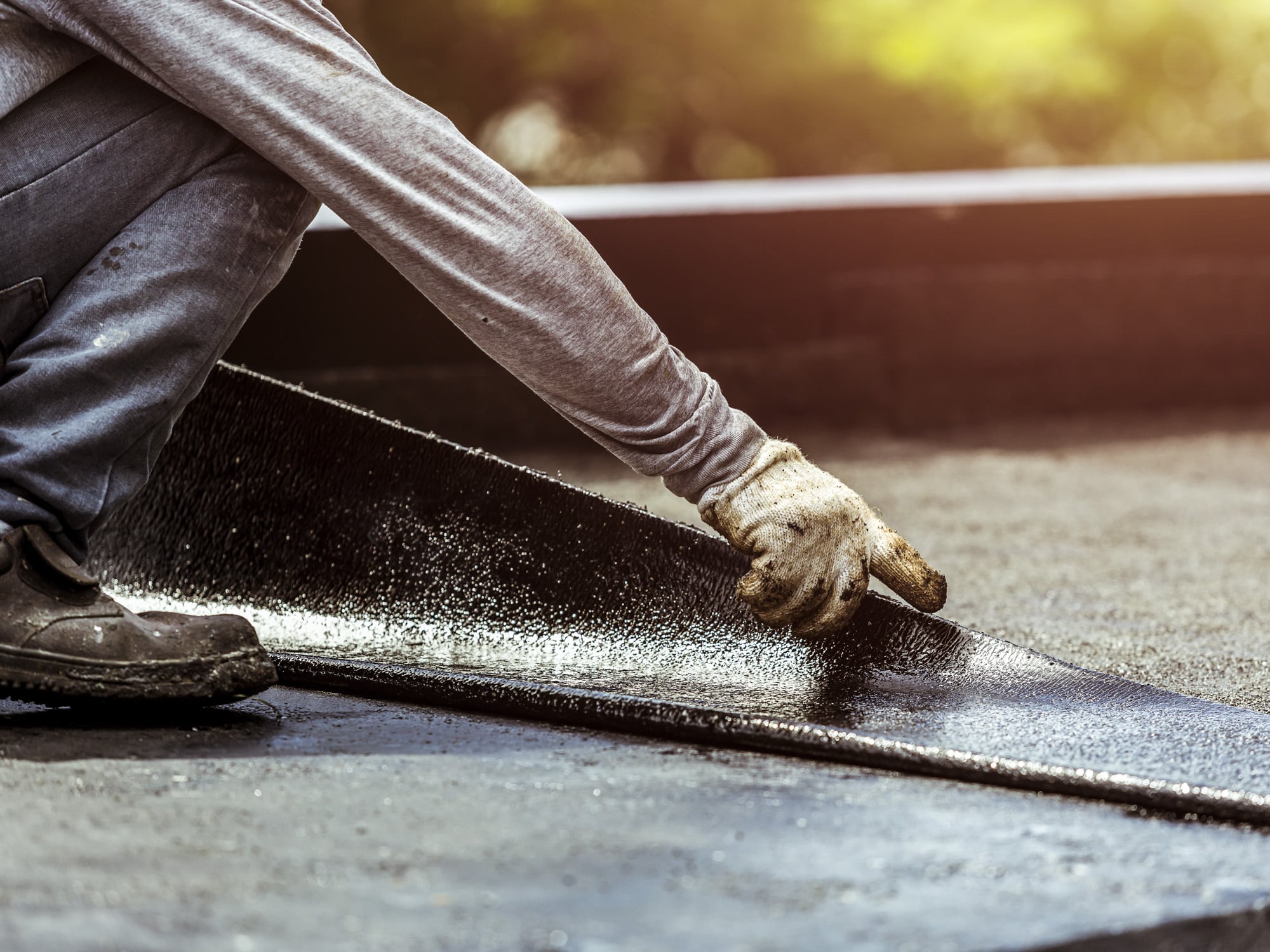Water damage can spell disaster for any house or structure, leading to costly repairs and potential health risks. This makes water resistance an crucial aspect of property care that all property owners should take seriously. Unfortunately, many people ignore key aspects of waterproofing or fall victim to widespread myths, which can exacerbate issues instead of preventing them. Understanding the importance of proper waterproofing techniques is vital for safeguarding your property and ensuring the well-being of your loved ones.
In this article, we will explore frequent errors in waterproofing that property owners often make and provide insights on how to avoid them. By highlighting the necessity of waterproofing in areas such as cellars, rooftops, bathrooms, and outdoor structures, we aim to arm you with the knowledge needed to protect your property from water damage. From understanding when expert help is necessary to dispelling waterproofing myths, we will lead you through what you should to know for successful waterproofing strategies.

Crucial Waterproofing Insights
Waterproofing is a essential aspect of maintaining the integrity of any home or building. Comprehending why waterproofing is important for all structure can save homeowners and building supervisors significant hours and costs by stopping water-related issues. From substructures to roofs, efficient waterproofing can guard against water escapes and humidity infiltration, which, if not addressed, could lead to mold growth, rot, and expensive maintenance. By investing in effective moisture-proofing options, you can make certain your building remains a safe and livable environment.
One frequent fallacy is that waterproofing is only needed in areas prone to substantial precipitation. In fact, all buildings require a degree of form of waterproofing to shield against a multitude of water-related problems, including moisture, condensation, and unexpected leaks during heavy rains. Waterproofing myths exposed reveal that just minor dampness problems can escalate into serious issues if not addressed. Recognition of these threats can encourage preventive steps before it becomes too difficult to intervene.
Spotting signs that your property needs waterproofing is essential in preventing more widespread damage. Property owners should watch for significant signals such as peeling paint, dampness in basements, and damp odors, which may suggest moisture ingress. By noticing these cues early on and knowing how to waterproof your basement and other vulnerable areas successfully, you can safeguard your asset and preserve your home's worth over time.
Efficient Waterproofing Techniques
One of the most effective waterproofing strategies is to secure proper water management around your home. This requires grading the landscape away from the base and installing gutters and downspouts that lead rainwater away from the building. Effective drainage prevents water from pooling near your base, which can result to leaks and other water damage. Regular upkeep of these methods is crucial to prevent blockages that can cause water to overflow and seep into the structure.
Another key approach is to pick the best waterproofing materials for your specific requirements. Whether sump pump installation about interior or exterior waterproofing, it's essential to select premium products designed for the areas you're dealing in. For instance, basement waterproofing may require the use of specialized membranes and sealants, while roof waterproofing might benefit from coatings that resist UV radiation and temperature fluctuations. Researching and picking the right waterproofing materials can considerably impact the longevity and effectiveness of the system.
Lastly, consider consulting professionals who have experience in waterproofing to ensure a proper process. While DIY approaches can be tempting, professional evaluations can identify latent issues that may not be apparent. Experts can give tailored recommendations and ensure proper application of techniques and materials. Spending in Website link can be a wise move to protect your property from costly water damage in the future.
Frequent Errors and Resolutions
One of the most frequent mistakes in waterproofing is overlooking adequate surface readiness. Many homeowners hasten the process, putting on waterproof layers over unclean or uneven surfaces. This can lead to sticking issues, resulting in peeling and inefficient waterproofing. To avoid this, always allocate sufficient time washing and repairing the surface before applying any products. A clear and even surface enhances the effectiveness of the waterproofing material.
Another frequent error is overestimating the capabilities of DIY solutions. While there are many effective waterproofing products available for home use, they often require particular application techniques to achieve the best results. Homeowners sometimes apply too light a layer or neglect to follow the manufacturer's guidelines. To circumvent this pitfall, consider consulting professionals for challenging areas like cellars or roofs, ensuring the work is done correctly and that you use the appropriate products for your particular needs.
Finally, ignoring indicators of water damage until it becomes critical is a major error. Homeowners often wait too long to tackle visible leaks or moisture problems, resulting to costly repairs down the line. Regular check-ups and maintenance can help catch potential issues early. Establish a seasonal schedule to inspect for leaks, cracks, and indicators of mold to keep your home safe and minimize long-term damage.
